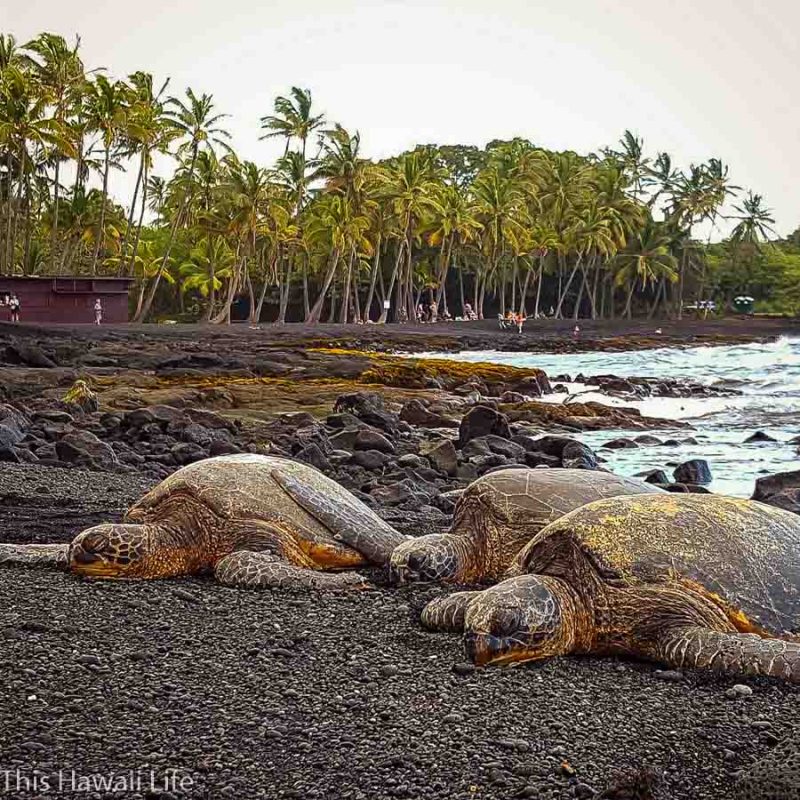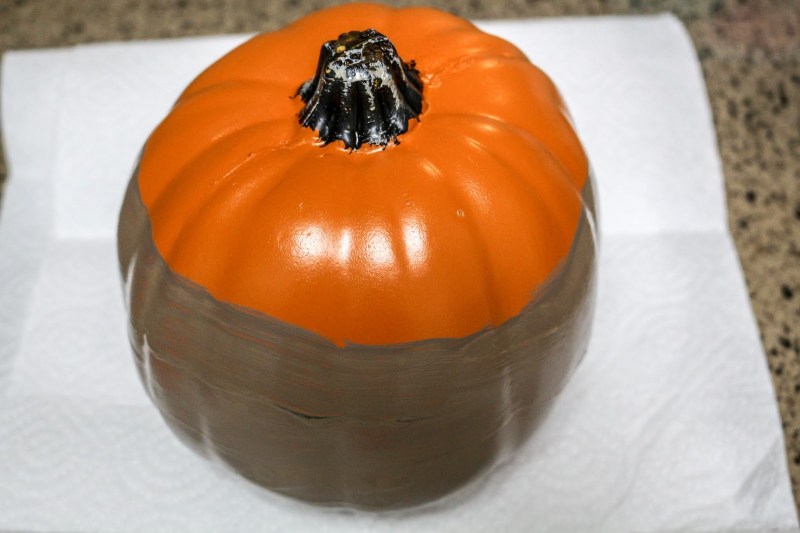Beaches With Black Sand – For a black sand beach (Naupaka Beach) on Maui, check out Maka State Park. For a black sand beach destroyed by the recent eruption of Kīlauea volcano, see Kaimu, Hawaii. For the community on the island of Oahu, see Punalu, Hawaii.
Additional citations are required to validate this article. Please help improve this article by adding citations to reliable sources. Unsubstantiated material may be challenged and removed. Find sources: “Punaluʻu Beach” – News · Newspapers · Books · Scholar · JSTOR (May 2019) (Learn how and what to remove from this template message)
Beaches With Black Sand

Bunaloo’ Beach (also known as Black Sand Beach) is a beach between Pahala and Nalehu on the Big Island of the U.S. state of Hawaii. The beach has basaltized black sand and is formed by lava flowing into the ocean that erupts when it reaches the ocean and cools. This volcanic activity is located in Hawaii Volcanoes National Park. Punalu is frequented by hawksbill and loggerhead turtles, which are often found in the black sand.
Beautiful Black Sand Beaches In Iceland
The swimming area is very rocky, and swimming is dangerous. A large amount of cold groundwater flows along the coast. This fresh water is very cold and almost gasoline-like. During times of drought, the ancient Hawaiians who lived in the area would dive underwater with a pitcher to get fresh water, Lecht said. Puna Lu means “underwater spring” in Hawaiian.

Coast 19 ° 08’10 “N 155 ° 30’14” W / 19.136 ° N 155.504 ° W / 19.136; -155.504 Coordinates: 19 ° 08’10 “N 155 ° 30’14” W / 19.136 ° N 155.504 ° W / 19.136; -155,504. Access from Hawaii Belt Road: Take Ninol Loop Road or Trans to Sea Mountain Resort. Camping is allowed at Punalu Black Sand Beach Park.
And Punalu’u is a memorial chapel and mausoleum built near the birthplace of Hiri Abukahaya (1792-1818), who inspired the missionary movement that changed Hawai’i forever.

The 20 Best Black Sand Beaches To Visit
There are three pre-contact heyus near Punalu. Walled heiau were introduced to Hawaii around 1100, and Punalu’u is one of the last places in Hawaii where you can enjoy an unchanging view from one heia to another.
To be a fishing sanctuary, Heiau was built on an estuary overlooking the ocean to the south, which was once the fishbowl of Ninol to the west and Koloa Bay to the east – home of the ancient na ʻiliʻili hanau (birthstones). It has a supernatural ability to spread. These smooth, water-polished stones were highly desirable and were used as heau pavements, slingshot weapons, and game pieces for the Hawaiian game Konane. The name is Kaʻieʻi.e. It is assumed

A number of walls and a raised stone platform remain at Ka’ee to be in good condition by the first surveyors. Today Scholarship Rect
Islands With Black Sand Beaches
Llaniba’s Heiau campus has been heavily impacted by the construction of the Sea Mountain Resort golf course. Once the largest of the three, all that remains of Llaniba today is an “island” that has been swallowed up by the driving sea that has deposited sandstone.

Located high above the ocean and the coast of Punalu’u, the Heiau complex is referred to by many names, including Halelau, Kane’ele’ele; Milekini or Punaluu Nui. The disturbance probably extended to the edge of the cliff at Punaluku Bay. Its western boundary was cleared in 1906 for the sugar company to build a warehouse complex. Identified as Heyao Luakini (Temple of Human Sacrifice), a large table-like stone rests outside the southern wall. Domestically. Such as Bohaku Mohai (Sacrifice Stone). Early studies of the site indicated that possible kauhele (houses) adjacent to the heiyu may have been the residence of na kahuna (religious experts).
Another important cultural feature is the ala kahakai (passage from the sea) which served as an important link between ritual vessels and coastal communities. Designed by Ala Kahakai
Black Sand Beach List
The original route taken by the god Lono from North Kohala to the southern tip of the island and winds along the coast from Kauai to Puna. The trail once laid along the Na ʻ iliʻili hanau was designated a National Historic Trail in 2029 and remnants can be found at both Punaluʻ Nui and Kaʻieʻi.e. hey
Kiʻi pohaku (petroglyphs) can be found in a protected area surrounded by a rock wall past the parking area near the county park pavilions. It’s easy to miss these “unmarked” ancient sculptures.

Rare and endangered native animals known to Punalu and Ninol include the honu e (hawksbill turtle), honu (gray turtle), Hawaiian monk seal, native bees, orange-black damselfly, and other angeline fauna. Native birds are found near the shore and reefs or fly from the highlands en route to the ocean, including the endangered Hawaiian hawk (ʻio), which nests in trees at Punalu. Spinner dolphins and humpback whales can also be seen offshore from Punalu. Residents of the area say that such scenes are common. A rare sighting of a Hawaiian monk seal was reported in September 2006 near the boat ramp at Punalu, and known nesting sites for endangered loggerhead turtles are located in the Punalu and Ninol area. Such occurrences indicate a healthy environment with sufficient resources to support large marine animals.
Black Sand Beach (isla De Vieques)
The hawksbill, or honuya turtle (Eretmochelys imbricata), is a federally listed endangered species and is the rarest sea turtle in the Pacific Ocean. Researchers estimate there are fewer than 80 nesting loggerhead turtles in the Hawaiian Islands, 67 of which are on Hawaii Island. More than half of the known nesting population statewide, 40 individuals nest on the southeastern border of Hawaii Volcanoes National Park at Waikapuna.

The endangered loggerhead turtle or honu (Cellonia mydas) feeds on marine vegetation in shallow waters along coastlines such as Punaluu. Red seaweed, a favorite food of the loggerhead turtle, thrives on coral-studded reefs in the shallow waters of the bay and turtles congregate on black sand beaches despite the presence of beachgoers. Researchers with the National Marine Fisheries Service have been studying loggerhead turtles since 1982, along with groups of sea lions. Visitors must stay 20 feet (6.1 m) away from turtles at all times.
The endangered Hawaiian bat, ʻopeʻapeʻa, (Lasirus cinereus semotus), is known to roost in Punalu. Its habitat is more than 13,000 feet above sea level. It typically weighs 5 to 8 ounces, is nocturnal, and feeds on insects. Relatively little research has been done on this endemic Hawaiian bat, and data on its habitats and population status are very limited.

These Black Sand Beaches In Hawaii Will Leave You In Awe
One of the largest populations of the rare orange-black damselfly (Megalagrion xanthomelas) is found in Ninol. It is a candidate endangered species and thrives in the aquatic habitat of the spring complex extending from Ninol Springs to the Honuapo Estuary. Systematic surveys have identified damselfly populations in Kaa, Hilia, Ninol, and Honuapo. At the back of the estuarine marsh, the highest DCTs are found in Helia and Ninol Streams and Kava Springs.
Native plant communities typically appear as narrow webs of vegetation, often flat growths of various shrubs, vines, grass-like plants, scattered trees, and grasses. Bahoho (soft, ropey lava), and ʻaʻā flats, drifting sands, shores of Angeline lagoons, protected beaches, and reefs impacted by sea spray, each support diverse communities of native plants. In the recognition survey, four species of coastal vegetation (six trees, sev land covers or shrub forms and invasive aquatic water hyacinth) were identified. Native plants such as Ilima (Cida fallax), Naubaka Kahakai (Scevola dacata) and Bahoohoo (Ipomoea pes-capre brasilicis) were found in the area.

The second largest spring complex on the island of Hawaii is located at Punalu and Ninol Temple. Stretching from Punalu to Ninol Springs to Kawa to Honupo, it is a series of wetlands fed by basalt springs and intermittent streams that support a wide range of native wildlife. These spring and pond complexes contain individuals, especially juvenile or recruitment, many marine invertebrates and fish, suggesting that they may be a significant refuge or nursery area for marine fauna near the south coast of Hawai’i Island.
Best Black Sand Beaches In The World
A variety of angelfish pools can be found in and around Punalu and Ninol Cove. These lagoons are rare brackish waters located in coastal lava flows that exhibit tidal fluctuations with no surface connection to the ocean. They include near-shore op pools and uninterrupted pools in collapsed lava tubes, fissures, and caves. Demic and native shrimp species live in ponds and travel between them through underground cracks. The orange-black damselfly (Megalagrion xanthomelas) breeds in angeline wells, while endemic insects congregate on nearby vegetation. Across the state, angelica species are seriously threatened by all insects, habitat loss due to coastal development, and other human impacts.

Anjial’s lagoons are one of Hawaii’s most threatened ecosystems. Angeline lagoons are shallow salt lagoons located near the coast that are connected to the sea by tunnels. Characterized by tidal fluctuations, these rare and fragile lagoons are home to unusual flora and fauna.
In America, this habitat exists

Best Black Sand Beaches In Costa Rica
Beaches with sand dollars, beaches with white sand, best black sand beaches, black sand beaches oahu, seattle beaches with sand, black sand beaches santorini, black sand beaches kauai, black sand beaches, beaches with pink sand, black sand beaches maui, black sand beaches hawaii, black sand beaches bali


